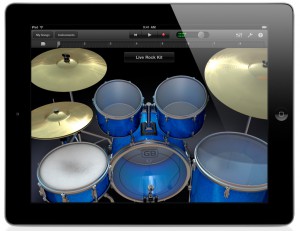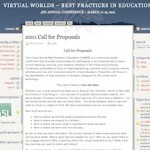 1. The ABC’s Island in Second Life continues to have a bunch of activities going, with regular building tutorials back on the agenda and plans underway for Easter events.
1. The ABC’s Island in Second Life continues to have a bunch of activities going, with regular building tutorials back on the agenda and plans underway for Easter events.
2. The University of Western Australia has released a book: 100 Treasures of UWA and one of those treasures is the UWA’s Second Life presence.
3. Some great brain food on virtual goods and intellectual property rights can be eaten right here.
4. As of now, the number of registered virtual worlds accounts is just under 1.2 billion. Even when you factor in people like me with fifty accounts, there’s still a lot of people to meet in-world.
5. In case you didn’t realise, Linden Lab is like an ultra-fit blind-man positioned under a falling piano. Head piano-tuner and CEO Rod Humble has thanked everyone for their input on what they’d like to be doing in two years in Second Life.







Recent Comments